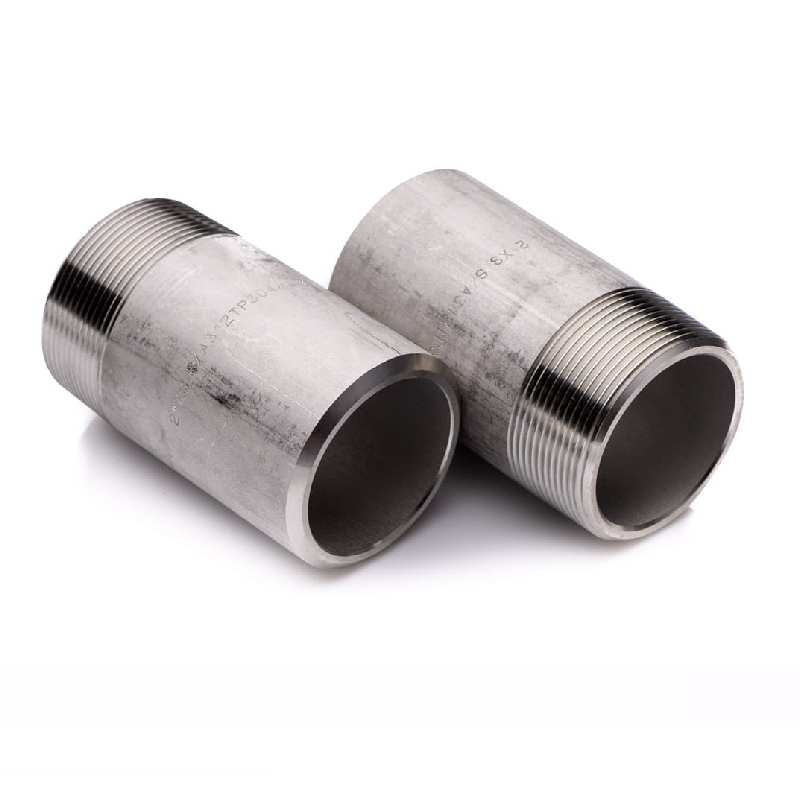-
Cangzhou Yulong Steel Co., Ltd.
-
Phone:
+86 13303177267 -
Email:
admin@ylsteelfittings.com
- English
- Arabic
- Italian
- Spanish
- Portuguese
- German
- kazakh
- Persian
- Greek
- French
- Russian
- Polish
- Thai
- Indonesian
- Vietnamese
- Zulu
- Korean
- Uzbek
- Hindi
- Serbian
- Malay
- Ukrainian
- Gujarati
- Haitian Creole
- hausa
- hawaiian
- Hebrew
- Miao
- Hungarian
- Icelandic
- igbo
- irish
- Japanese
- Javanese
- Kannada
- Khmer
- Rwandese
- Afrikaans
- Albanian
- Amharic
- Armenian
- Azerbaijani
- Basque
- Belarusian
- Bengali
- Bosnian
- Bulgarian
- Catalan
- Cebuano
- China
- China (Taiwan)
- Corsican
- Croatian
- Czech
- Danish
- Esperanto
- Estonian
- Finnish
- Frisian
- Galician
- Georgian
- Kurdish
- Kyrgyz
- Lao
- Latin
- Latvian
- Lithuanian
- Luxembourgish
- Macedonian
- Malgashi
- Malayalam
- Maltese
- Maori
- Marathi
- Mongolian
- Myanmar
- Nepali
- Norwegian
- Norwegian
- Occitan
- Pashto
- Dutch
- Punjabi
- Romanian
- Samoan
- Scottish Gaelic
- Sesotho
- Shona
- Sindhi
- Sinhala
- Slovak
- Slovenian
- Somali
- Sundanese
- Swahili
- Swedish
- Tagalog
- Tajik
- Tamil
- Tatar
- Telugu
- Turkish
- Turkmen
- Urdu
- Uighur
- Welsh
- Bantu
- Yiddish
- Yoruba

Dec . 11, 2024 09:18 Back to list
Different Types of Flanges Used in the Oil and Gas Industry
Types of Flanges in Oil and Gas An Overview
In the oil and gas industry, flanges play a crucial role in ensuring the safe and efficient transportation of fluids. These mechanical components serve as connection points between pipes, valves, pumps, and other equipment, allowing for a robust and secure assembly. Given the demanding environment characterized by high pressures and corrosive substances, the selection of the appropriate flange type is critical. This article explores the various types of flanges commonly used in the oil and gas sector, highlighting their applications and advantages.
1. Weld Neck Flanges
Weld neck flanges are widely utilized in oil and gas applications due to their strength and integrity. Characterized by a long tapered neck that is welded to the pipe, these flanges create a strong joint that can withstand high pressures. Their design allows for effective stress distribution, making them ideal for high-pressure systems. Additionally, they provide the option for heavier wall thickness, which is essential for handling aggressive fluids typically found in the oil and gas industry.
2. Slip-On Flanges
Slip-on flanges are another popular choice because of their ease of installation. These flanges are designed to slide over the pipe end, allowing for quick and straightforward assembly. The flange is then welded in place, securing the joint. Although slip-on flanges are not as strong as weld neck flanges, they are still widely used for lower pressure applications, making them suitable for certain oil and gas operations where budget constraints are a factor.
Blind flanges serve a specific purpose in the oil and gas industry; they are used to seal the end of a pipeline, preventing the flow of fluids. Their design ensures that no fluid escapes, making them essential for maintenance activities or when a section of a pipeline is taken offline. Blind flanges can be manufactured to handle varying pressure levels, making them versatile for different applications throughout the oil and gas sector.
types of flanges in oil and gas

4. Socket Weld Flanges
Socket weld flanges are commonly used for small-diameter pipes and provide a permanent joint. The pipe is inserted into the socket of the flange before being welded, resulting in a strong and reliable connection. This type of flange is especially advantageous in high-pressure and high-temperature conditions frequently encountered in oil and gas operations. The compact design of socket weld flanges also makes them space-efficient, which is often a consideration in installations.
5. Threaded Flanges
Threaded flanges are utilized in applications where welding is not feasible or desirable. These flanges have internal threads that connect directly to the external threads of a pipe. They are often used in low-pressure systems and can be easily disassembled and reused, making them a practical choice for temporary installations or where maintenance is frequently required.
6. Orifice Flanges
Orifice flanges are designed for flow measurement in piping systems. They come with a specific design that accommodates orifice plates, which detect and measure flow rates. These flanges play an essential role in ensuring accurate readings of fluid flow, which is vital for monitoring and controlling processes in the oil and gas industry.
Conclusion
Flanges are integral components of the infrastructure in the oil and gas industry, with various types engineered to meet specific application requirements. From ensuring structural integrity in high-pressure environments to facilitating maintenance and monitoring processes, the right flange choice can significantly impact operational efficiency and safety. Understanding the distinctions among these flange types enables engineers and technicians to make informed decisions that ultimately benefit the entire industry.
Latest news
-
ANSI 150P SS304 SO FLANGE
NewsFeb.14,2025
-
ASTM A333GR6 STEEL PIPE
NewsJan.20,2025
-
ANSI B16.5 WELDING NECK FLANGE
NewsJan.15,2026
-
ANSI B16.5 SLIP-ON FLANGE
NewsApr.19,2024
-
SABS 1123 FLANGE
NewsJan.15,2025
-
DIN86044 PLATE FLANGE
NewsApr.19,2024
-
DIN2527 BLIND FLANGE
NewsApr.12,2024
-
JIS B2311 Butt-Welding Fittings LR/SR 45°/90° /180°Seamless/Weld
NewsApr.23,2024











